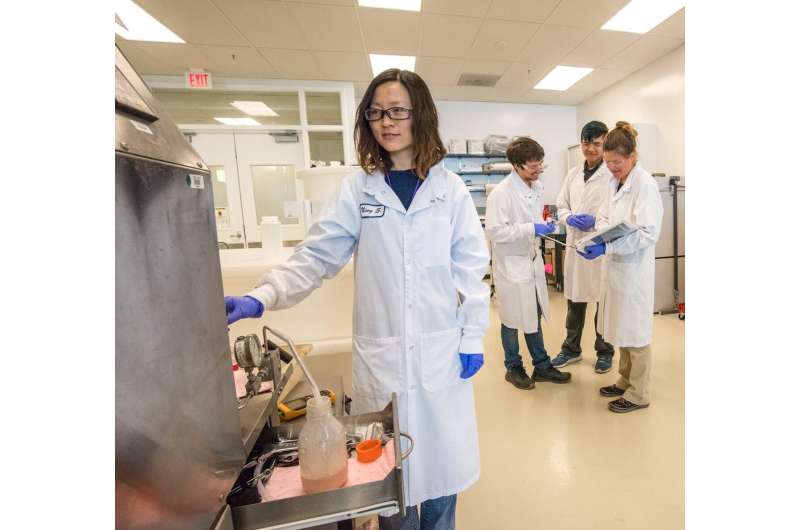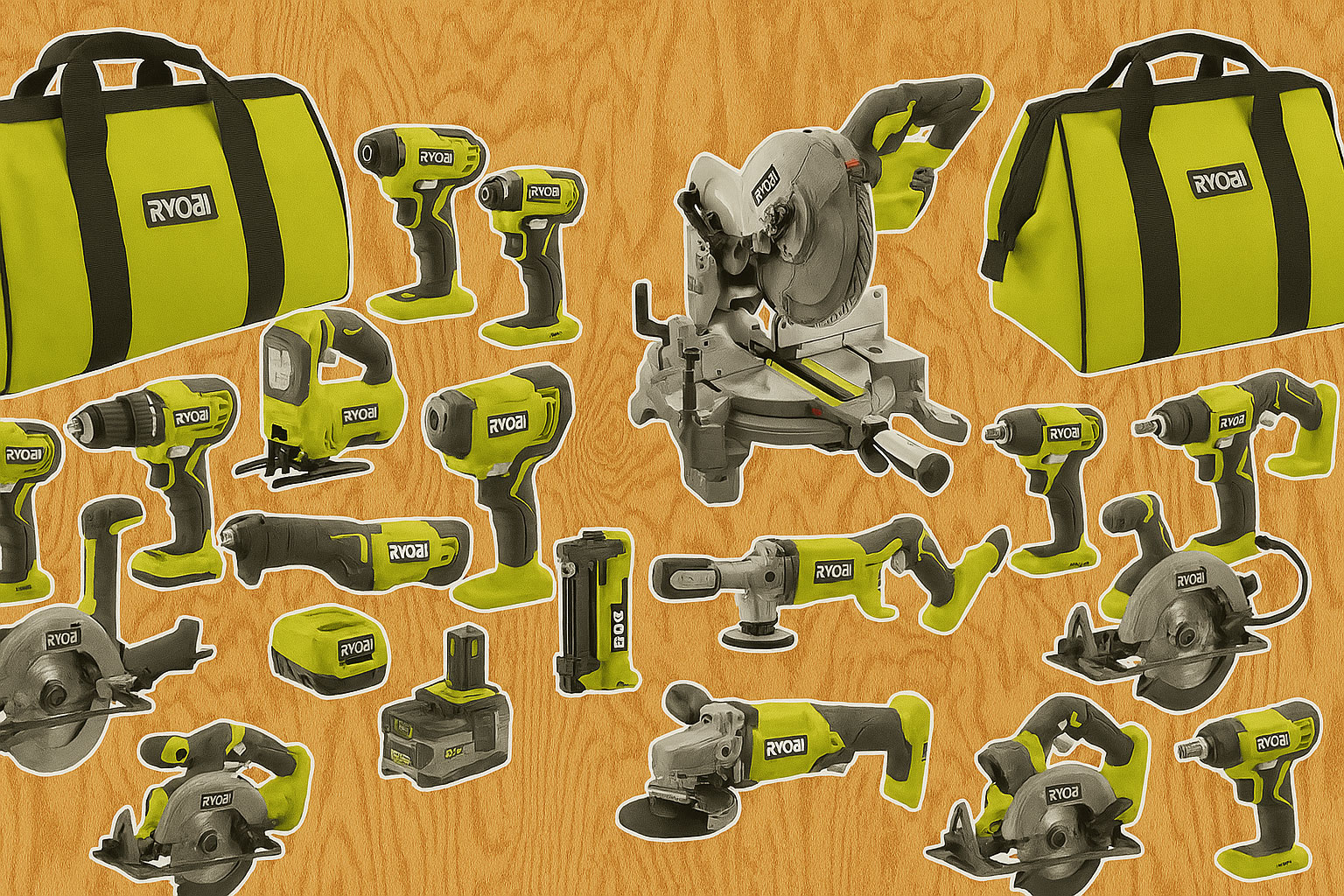Methane, a potent greenhouse gas, is naturally produced in many crucial industries such as agriculture and wastewater treatment. What if we could grab that gas before it goes into the atmosphere, and make something useful out of it?
Mango Materials, a California-based biomanufacturing company, has invented a way to do just that. Using a special mixture of methane-eating microorganisms, Mango’s process converts methane into a biodegradable polymer called polyhydroxyalkanoate (PHA), which can be compounded into 100% biodegradable polyester pellets to form durable goods, fabrics, and flexible films that have all the convenient properties of plastics but can have a much lighter environmental footprint.
PHA-based materials break down in a tiny fraction of the time it takes plastics if they end up in the environment. And they decompose back into methane and carbon dioxide in as little as few weeks or months, depending on the thickness of the product, when they are disposed of at a waste facility as intended.
“We’re working on a carbon negative process,” said Allison Pieja, Mango co-founder and Chief Technology Officer. “Our analyses show it should be carbon negative when running at full scale.” Pieja and her colleagues recently finished building a PHA production facility located at a wastewater treatment plant in Vacaville, California, where they capture the methane produced by microbes cleaning the public water supply and pipe it directly into bioreactors with their methane-eating bacteria.
The company is already generating enough PHA to make demonstration products, including a soap dish that is available to purchase and two fashionable prototype products—a pair of net-zero sneakers by Allbirds and sustainable sunglasses from renowned designer Stella McCartney.

They are now revving up the new facility to deliver formulated PHA pellets on a larger scale, and eventually, act as suppliers for a diverse range of eco-friendly products. “I don’t know of any other bio-based plastic alternative that has the same biodegradability profile as PHA and combined with mechanical properties there is a huge market opportunity,” said CEO and co-founder Molly Morse, who first studied PHA as a Ph.D. student at Stanford University alongside co-founder Pieja.
Like all biomanufacturing technologies, it took time for Mango to move from a lab-scale concept to an efficient commercial process. Helping academic and industry groups bridge this difficult transition is the specialty of scientists at the Advanced Biofuels and Bioproducts Process Development Unit (ABPDU), part of Lawrence Berkeley National Laboratory (Berkeley Lab). After founding the company in 2012, the Mango team spent years optimizing both its bacterial culture—which produces PHA naturally and is not genetically modified—and the growing conditions that induce them to generate high levels of PHA.
Mango set their sights on maximizing the amount and purity of PHA they could recover from inside the microbes; for this, they started working with an ABPDU team led by Ning Sun. During this time, they collaborated to test out industrial-scale relevant equipment so the scientists could determine what worked before investing in their own pilot scale systems.
Purifying the good stuff
The bacteria transform methane into chains of PHA to store energy for later use, similar to how plants store energy in starches made by stringing together carbon dioxide-based sugars, so the molecules accumulate inside cells. Working side-by-side, Sun’s team and the Mango scientists tested equipment and refined processes to extract the cells from the “broth” inside the bioreactor, open the bacterial cell walls and membranes, then separate the PHA from the other cellular products.
“We received broth from Allison’s team at different scales, the largest was several hundred liters. And we tried different recovery unit operations to optimize the conditions and increase the recovery yield as well as the purity of the final product,” said Sun, who is a staff scientist at the ABPDU.
By the end of the project, which was slowed by the COVID-19 pandemic, the collaboration had a process that met the target high yields and Pieja and her colleagues knew what downstream processing equipment they needed to invest in for their own production facility.
“That work was really instrumental for us in having access to a downstream processing facility and to people who know how to use it. We were able to thoroughly vet multiple different technologies to understand how our platform behaved in them,” said Pieja. “We now have a process we’re confident will be profitable.”
Meanwhile, the ABPDU team gained additional expertise in intracellular biopolymer extraction. To date, the ABPDU has worked with 85 industry partners ranging from start-ups to established biotech companies as well as 20 national laboratories, research centers, and universities to help scale-up or launch innovative biology-based products.
“We definitely learned a lot from this collaboration. The team was able to scale up a lab-scale process and test different configurations of product recovery equipment which will be applicable to similar biopolymer recovery,” said Sun.
Citation:
Creating carbon negative materials with ancient microbes (2024, July 22)
retrieved 23 July 2024
from https://phys.org/news/2024-07-carbon-negative-materials-ancient-microbes.html
This document is subject to copyright. Apart from any fair dealing for the purpose of private study or research, no
part may be reproduced without the written permission. The content is provided for information purposes only.




















 (2025 Updated)
(2025 Updated)
Discussion about this post